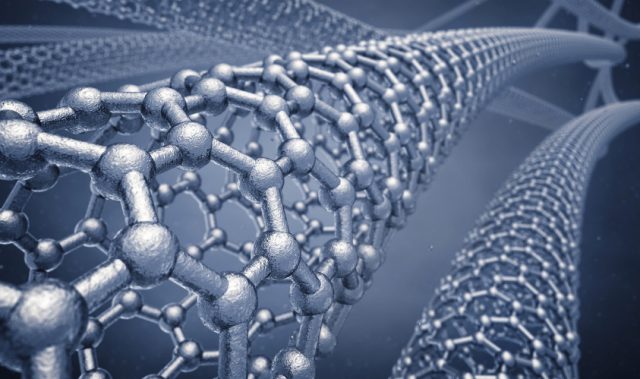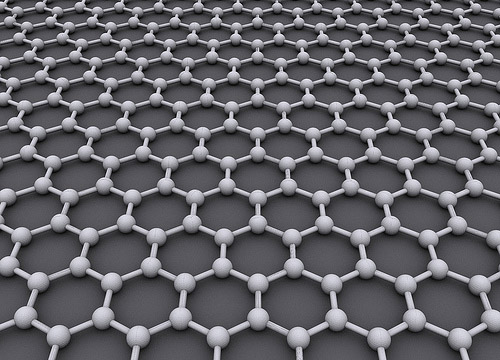
AsianScientist (Nov. 4, 2015) – Researchers from the National University of Singapore (NUS) have developed an extremely sensitive hybrid magnetic sensor. Their findings, published in Nature Communications, could lead to the development of smaller and cheaper sensors for various fields such as consumer electronics, information and communication technology, biotechnology and automotives.
When an external magnetic field is applied to certain materials, a change in electrical resistance known as magnetoresistance occurs as the electrons are deflected. The discovery of magnetoresistance paved the way for magnetic field sensors used in hard disk drives and other devices, revolutionizing how data is stored and read.
In the search for an ideal magnetoresistance sensor, the research team led by Associate Professor Yang Hyunsoo of the Department of Electrical and Computer Engineering at NUS’ Faculty of Engineering prioritized the properties of high sensitivity to low and high magnetic fields, tunability, and very small resistance variations due to temperature.
The new sensor, made of graphene and boron nitride, comprises a few layers of carrier-moving channels, each of which can be controlled by the magnetic field. The researchers characterized the new sensor by testing it at various temperatures, angles of magnetic field, and with a different pairing material.
“We started by trying to understand how graphene responds under the magnetic field. We found that a bilayer structure of graphene and boron nitride displays an extremely large response with magnetic fields. This combination can be utilized for magnetic field sensing applications,” explained study first author Dr. Kalon Gopinadhan from NUS Nanoscience and Nanotechnology Institute (NUSNNI).
Compared to other existing sensors, which are commonly made of silicon and indium antimonide, the group’s hybrid sensor displayed a much higher sensitivity to magnetic fields. In particular, when measured at 127 degree Celsius (the maximum temperature which most electronics products are operated at), the researchers observed a gain in sensitivity of more than eight-fold over previously reported laboratory results and more than 200 times that of most commercially available sensors.
In addition, the researchers have discovered that the mobility of the graphene multilayers can be partially adjusted by tuning the voltage across the sensor, enabling the sensor’s characteristics to be optimized. This control gives the material an advantage over commercially available sensors. Moreover, the sensor showed very little temperature dependence over room temperature to 127 degree Celsius range, making it an ideal sensor suitable for environments of higher temperature.
The magnetoresistance sensor industry, estimated to be worth US$1.8 billion in 2014, is expected to grow to US$2.9 billion by the year 2020. Graphene-based magnetoresistance sensors hold immense promise over existing sensors due to their stable performance over temperature variation, eliminating the necessity for expensive wafers or temperature correction circuitry. Production cost for graphene is also much lower than silicon and indium antimonide.
Potential applications for the new sensor include the automotive industry, where sensors in cars, located in devices like flow meters, position sensors and interlocks, are currently made of silicon or indium antimonide.
For instance, when there is a change in temperature due to the car’s air-conditioner or heat from the sun, properties of the conventional sensors in the car change as well. To counter this, a temperature correction mechanism is required, incurring additional production cost. However, with the team’s new hybrid sensor, the need for expensive wafers to manufacture the sensors, and additional temperature correction circuitries can be eliminated.
“Our sensor is perfectly poised to pose a serious challenge in the magnetoresistance market by filling the performance gaps of existing sensors, and finding applications as thermal switches, hard drives and magnetic field sensors. Our technology can even be applied to flexible applications,” added Yang.
The research team has filed a patent for the invention. Following this proof-of-concept study, the researchers plan to scale up their studies and manufacture industry-size wafers for industrial use.
The article can be found at: Gopinadhan et al. (2015) Extremely Large Magnetoresistance in Few-Layer Graphene/Boron–Nitride Heterostructures.
———
Source: National University of Singapore.
Disclaimer: This article does not necessarily reflect the views of AsianScientist or its staff.












